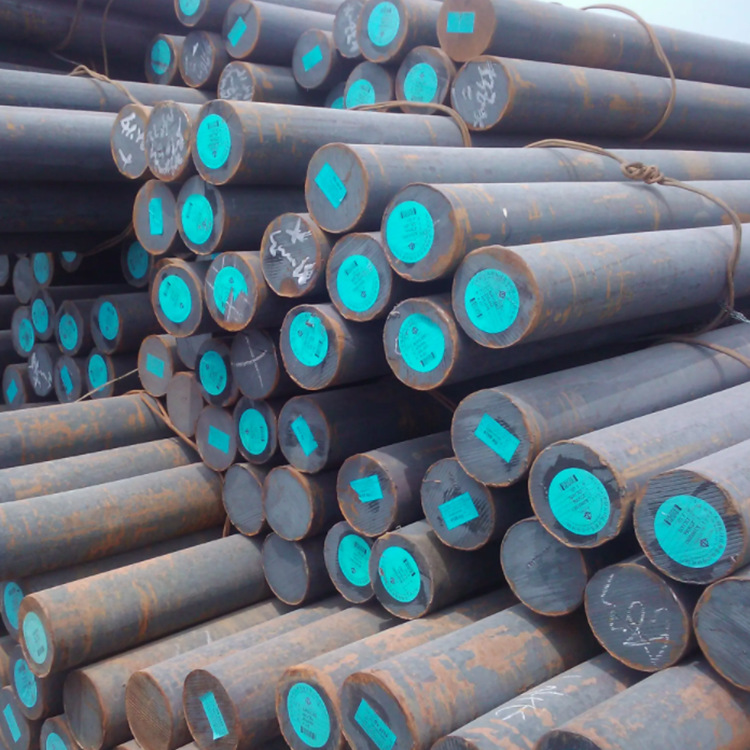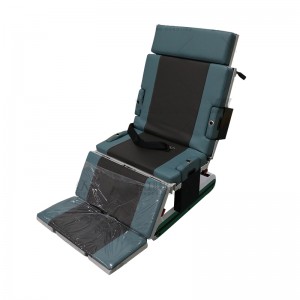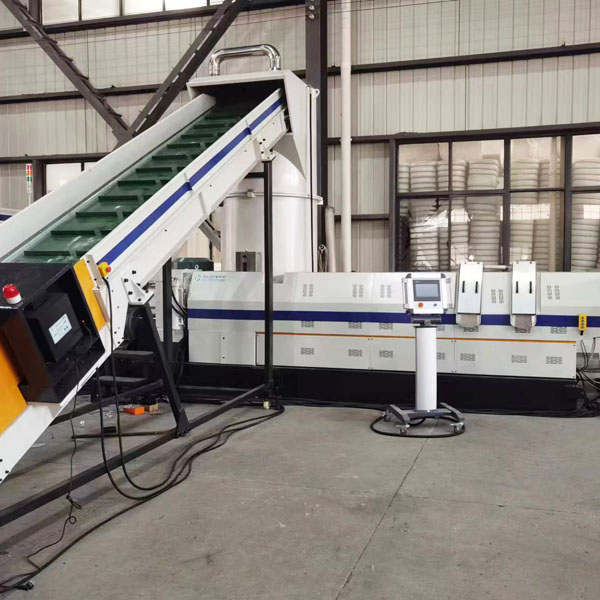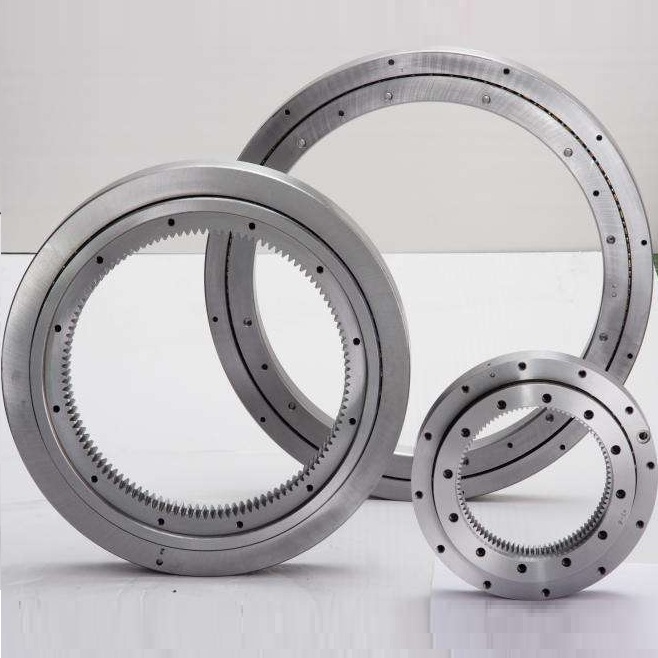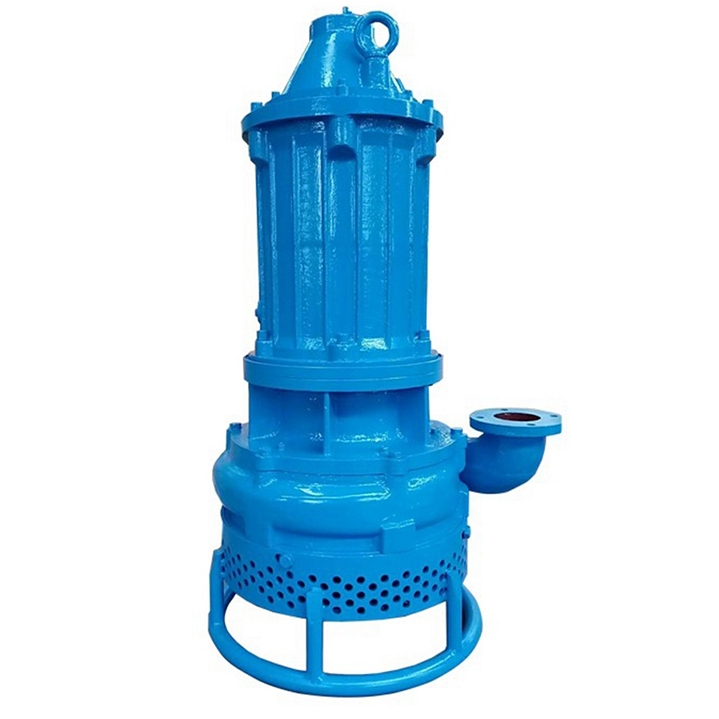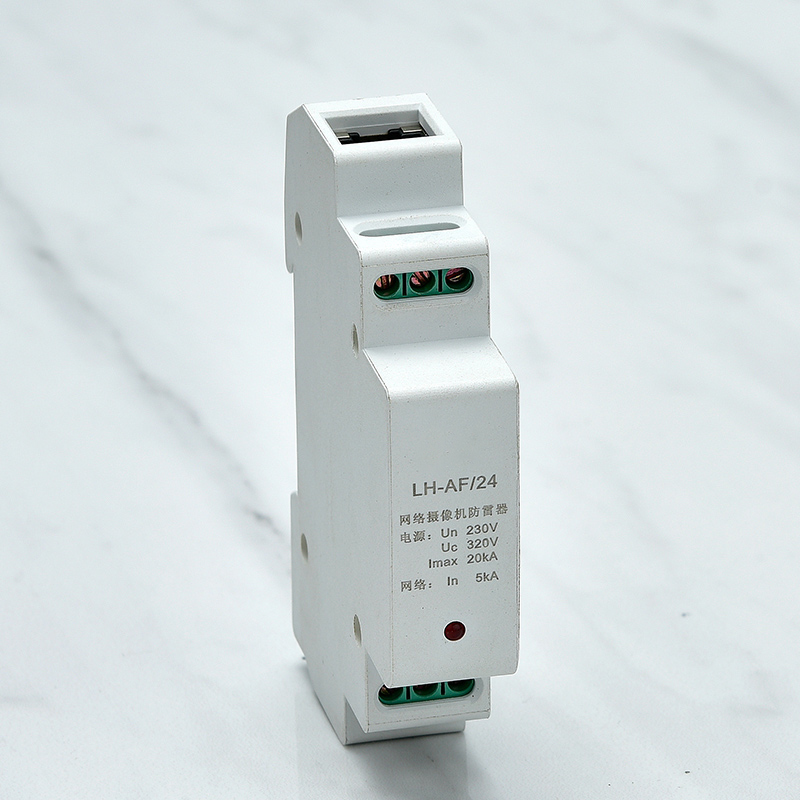The Flooring Expert
Round Steels (Round Bar Steel)
Parameter
| Product Name |
Mark |
Specification ↓mm | Executive Standard |
| Carbon structural steels | Q235B | 28-60 | GB/T 700-2006 |
| High strength low alloy steel |
Q345B, Q355B |
28-60 | GB/T 1591-2008 GB/T 1591-2018 |
|
Quality carbon struchtural steel |
20#, 45#, 50#, 65Mn | 28-60 | GB/T 699-2015 |
| Structural alloy steel | 20Cr, 40Cr, 35CrMo, 42CrMo | 28-60 | GB/T 3077-2015 |
| Bell bearing steel | 9SiCr (GCr15) | 28-60 | GB/T 18254-2002 |
| Pinion steel | 20CrMnTi | 28-60 | GB/T 18254-2002 |
Classification by process
Round steel is classified as hot rolled, forged and cold drawn. Hot rolled round steel is 5.5-250 mm in size. Among them: 5.5-25 mm small round steel mostly to straight strips into bundles of supply, commonly used for reinforcing bars, bolts and various mechanical parts; Round steel larger than 25 mm, mainly used in the manufacture of machine parts, seamless steel pipe billet, etc.
Classified by chemical composition
Carbon steel can be divided into low carbon steel, medium carbon steel and high carbon steel according to its chemical composition (i.e. carbon content).
(1) Mild steel
Also known as mild steel, carbon content from 0.10% to 0.30% Low carbon steel is easy to accept a variety of processing such as forging, welding and cutting, often used in the manufacture of chains, rivets, bolts, shafts, etc.
(2) Medium carbon steel
Carbon content 0.25% ~ 0.60% carbon steel. There are sedative steel, semi-sedative steel, boiling steel and other products. Besides carbon, it also contains a small amount of manganese (0.70% ~ 1.20%). According to the quality of the product is divided into ordinary carbon structural steel and high quality carbon structural steel. Good thermal working and cutting performance, poor welding performance. The strength and hardness are higher than low carbon steel, but the plasticity and toughness are lower than low carbon steel. Hot rolled and cold drawn materials can be used directly without heat treatment or after heat treatment. The medium carbon steel after quenching and tempering has good comprehensive mechanical properties. The highest hardness achieved is about HRC55(HB538), σb is 600 ~ 1100MPa. So in the medium strength level of various uses, medium carbon steel is the most widely used, in addition to as a building material, but also a large number of used in the manufacture of various mechanical parts.
(3) High carbon steel
Often called tool steel, the carbon content ranges from 0.60% to 1.70% and can be hardened and tempered. Hammers and crowbars are made of steel with carbon content of 0.75%. Cutting tools such as drill, tap, reamer, etc. are manufactured from steel with carbon content of 0.90% to 1.00%.
Classification by quality of steel
According to the quality of steel can be divided into ordinary carbon steel and high quality carbon steel.
(1) Ordinary carbon structural steel, also known as ordinary carbon steel, has wide limits on carbon content, performance range and content of phosphorus, sulfur and other residual elements. In China and some countries, it is divided into three categories according to the conditions of guaranteed delivery: Class A steel is steel with guaranteed mechanical properties. Class B steels (Class B steels) are steels with guaranteed chemical composition. Special steels (Class C steels) are steels that guarantee both mechanical properties and chemical composition, and are often used in the manufacture of more important structural parts. China produces and uses the most A3 steel (Class A No.3 steel) with carbon content of about 0.20%, which is mainly used in engineering structures.
Some carbon structural steel also add trace aluminum or niobium (or other carbide forming elements) to form nitride or carbide particles, in order to limit grain growth, strengthen steel, save steel. In China and some countries, in order to meet the special requirements of professional steel, the chemical composition and properties of ordinary carbon structural steel have been adjusted, thus developing a series of ordinary carbon structural steel for professional use (such as bridge, construction, rebar, pressure vessel steel, etc.).
(2) Compared with ordinary carbon structural steel, the content of sulfur, phosphorus and other non-metallic inclusions in high quality carbon structural steel is lower. According to the carbon content and use of different, this type of steel is roughly divided into three categories:
① Less than 0.25%C is low carbon steel, especially with carbon less than 0.10% of the 08F,08Al, because of its good deep drawing and weldability and is widely used as deep drawing parts such as cars, cans…… Etc. 20G is the main material for ordinary boilers. In addition, mild steel is also widely used as carburizing steel, used in machinery manufacturing.
②0.25 ~ 0.60%C is medium carbon steel, mostly used in the condition of tempering, making parts in the machinery manufacturing industry.
(3) Higher than 0.6%C is high carbon steel, mostly used in the manufacture of springs, gears, rolls, etc.
According to the different manganese content, it can be divided into ordinary manganese content (0.25 ~ 0.8%) and high manganese content (0.7 ~ 1.0% and 0.9 ~ 1.2%) steel group. Manganese can improve the hardenability of steel, strengthen ferrite, improve the yield strength, tensile strength and wear resistance of steel. Usually, “Mn” is added after the grade of steel with high manganese content, such as 15Mn and 20Mn, to distinguish it from carbon steel with normal manganese content.
Products categories
WHY CHOOSE US
Since its establishment, our factory has been developing first world class products with adhering the principle
of quality first. Our products have gained excellent reputation in the industry and valuabletrusty among new and old customers..
